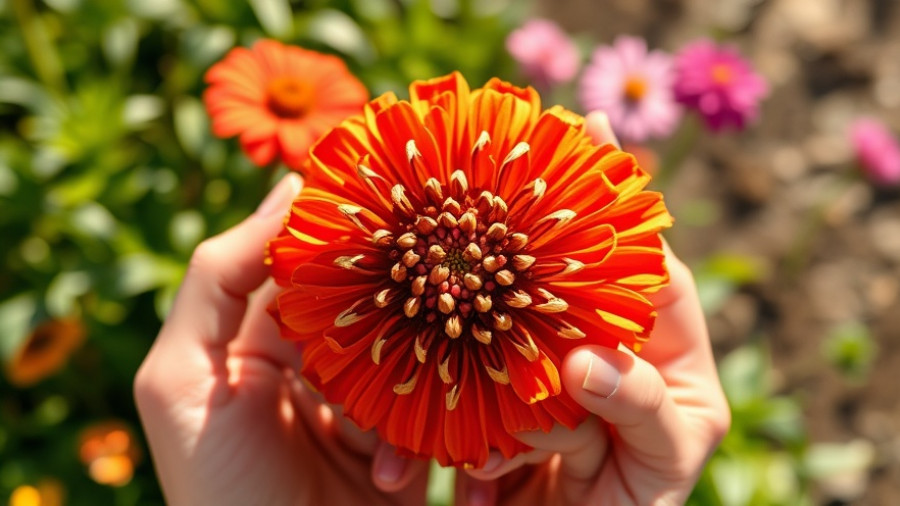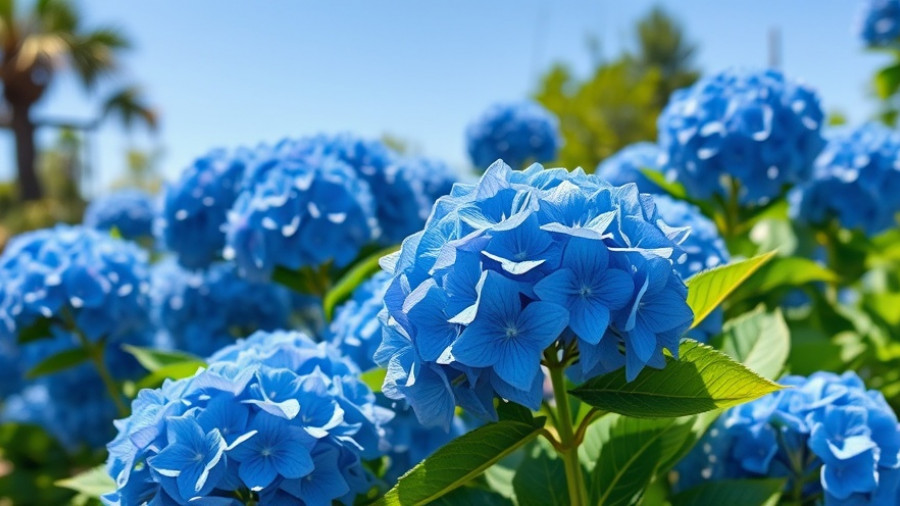
Unpacking the Mystery of Cracked Carrots
If you've ever pulled a carrot from the ground only to find it split and cracked, you understand the disappointment it brings. Behind those unsightly fractures, however, lies a story of environmental factors and gardening practices that are critical to master for a successful harvest. This guide will reveal the key causes of carrot splitting, offering you the wisdom needed to ensure your gardening endeavors thrive.
The Causes of Cracked Carrots: What Every Gardener Should Know
A carrot's ability to grow steadily can be disrupted by fluctuations in moisture. Just like a thirsty plant can metaphorically gulp down water when it rains, carrots also swell. However, if the moisture comes too quickly, it can overwhelm the roots. This leaves the outer skin with the impossible task of accommodating a rapidly expanding inner core, leading to cracks. As gardening lore reminds us, consistency in growing conditions is essential for healthy cells, especially when it comes to vegetables.
Inconsistent Watering: The Hidden Villain
Inconsistent moisture is one of the leading causes of cracks in carrots. After a dry spell, when intensively watering resumes, the sudden influx can shock the carrot's relatively rigid exterior. This is common, especially when dry spells are followed by heavy rain—a recurring scenario in many regions. The result? Carrots become vulnerable to splitting, primarily in the later stages of their growth cycle when their skins have become less pliable.
The Timing: Harvesting with Precision
Another frequent issue stems from harvesting too late. As carrots mature, they continue to grow larger but with each passing week their tissue becomes increasingly susceptible to cracking. Furthermore, an extended stay in the ground can lead to woody cores and diminished flavors. It's vital to know the right time to harvest. Check for maturity regularly and understand when particular varieties are ready to enhance your crop quality.
Strategies for Prevention: Tips for Gardening Success
Understanding the causes of carrot splitting is half the battle; the true challenge lies in prevention. Here are some actionable insights for outdoor gardening lovers looking to maintain that lush garden:
- Monitor Soil Moisture: Regularly check your soil's moisture content. A simple soil moisture meter can be a great tool here. Aim to keep soil consistently moist but not waterlogged.
- Mulching: An effective mulching strategy helps regulate moisture levels by retaining soil hydration and keeping temperatures consistent. Organic mulches such as straw or shredded leaves can be beneficial.
- Understand Local Weather Patterns: Seasonal planting guides for your specific area can help you navigate the timing of sowing and harvesting. Always account for the weather and adjust watering schedules accordingly.
Eco-Friendly Yard Care: Beyond Carrots
While tackling carrot splitting, there are further considerations to make your garden holistic and eco-friendly. Utilizing low maintenance landscaping practices, such as native plants suited to your area’s climate, can reduce water needs and create a sustainable environment.
Besides carrots, consider expanding your yields with container gardening for limited spaces or planting flowers in raised garden beds to attract beneficial pollinators. Engaging in these proactive measures not only benefits your carrots but enhances the entire garden ecosystem.
Final Thoughts: Cultivating Care in Gardening
Gardening is as much about patience and understanding as it is about technique. A split carrot serves as a humbling reminder to nurture our practices and adapt to the unyielding nature of the environment. By learning more about moisture management and harvesting at the right time, you can cultivate a rewarding garden that brings joy instead of frustration.
Transform your outdoor spaces into a vibrant garden escape—explore innovative backyard makeover ideas and engage with the beauty of nature. Get creative with outdoor kitchen designs and ensure your yard shines with thoughtful landscape lighting ideas.
 Add Row
Add Row  Add
Add 




Write A Comment